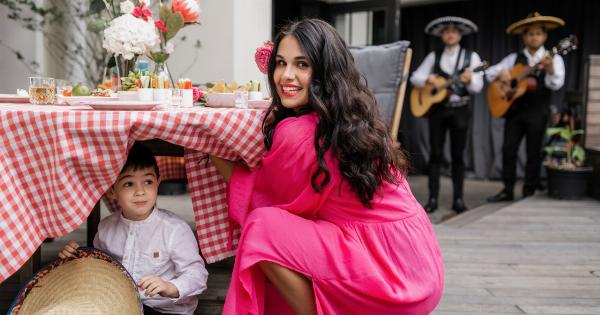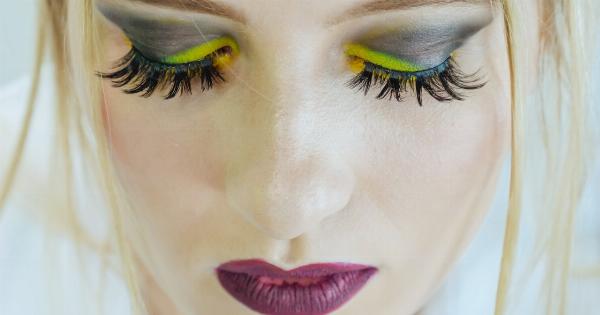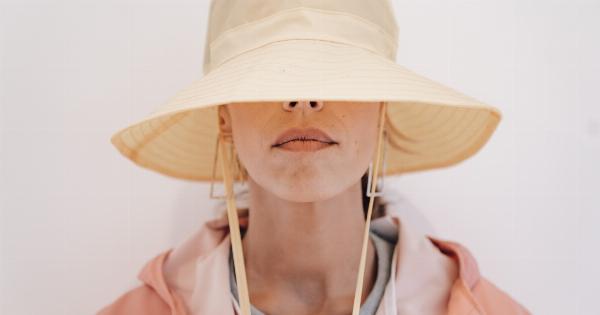Beards have been a symbol of masculinity for centuries. Men wearing beards have been portrayed as strong and wise, and they have also been associated with rebellion, power and even spirituality.
However, when it comes to attraction, do women really prefer men with beards? And if they do, which beard styles are the most appealing? In this article, we will explore the science of attraction and examine the most popular beard styles that women find attractive.
The Psychology of Beards
According to psychology, the reason why beards are attractive is because they signal dominance, health and masculinity. Men with beards are considered to be more aggressive and socially mature than men without facial hair.
This is because of the testosterone hormone, which is responsible for both the growth of facial hair and the development of masculine traits. In addition, beards also provide protection against the sun and other environmental factors, which makes them a sign of good health.
However, this doesn’t mean that women are attracted to any type of beard. In fact, studies have shown that some beard styles are more appealing than others, depending on a woman’s preferences and the cultural context.
The Most Attractive Beard Styles
Heavy stubble
Heavy stubble, which is about 10 days of beard growth, is the most attractive beard style according to research. This is because it is a balance between having a beard and not having one at all.
It is long enough to signal masculinity and maturity, but not so long that it is unkempt or unhygienic. Additionally, it is considered to be the most versatile beard style, as it can be easily groomed to accommodate different face shapes or styles.
Full beard
The full beard is another popular style that many women find attractive. This is because it is a sign of confidence and masculinity.
A well-groomed full beard can help a man look more mature and experienced, which is why it is often associated with leadership roles. However, it is important to note that a full beard is not for everyone. It requires regular maintenance and grooming to keep it looking healthy and attractive.
Light stubble
Light stubble, which is about five days of beard growth, is also a popular beard style among women. However, it is not as attractive as heavy stubble because it is less mature and less masculine.
This style may be more appropriate for younger men who want to look slightly rough or edgy, or for those who want to appear more artistic or creative.
Clean shave
The clean shave is a classic look that will never go out of style. However, it is not always the most appealing look for women. This is because a clean shave can make a man look younger and less mature than he actually is.
It may also be perceived as conformist or less rebellious, which can be a turn-off for some women. That being said, a clean shave is appropriate for formal occasions or for men who prefer a more polished look.
The Bottom Line
The science of attraction is complex and varied, and what appeals to one woman may not appeal to another. However, when it comes to beard styles, the research indicates that heavy stubble is the most attractive style for most women.
This is because it signals maturity, masculinity and confidence, all of which are highly desirable qualities in a mate. However, it is also important to be aware that individual preferences and cultural contexts can influence the appeal of different beard styles.
Ultimately, the key is to wear a beard style that you feel comfortable and confident in, and that complements your face shape and features.































